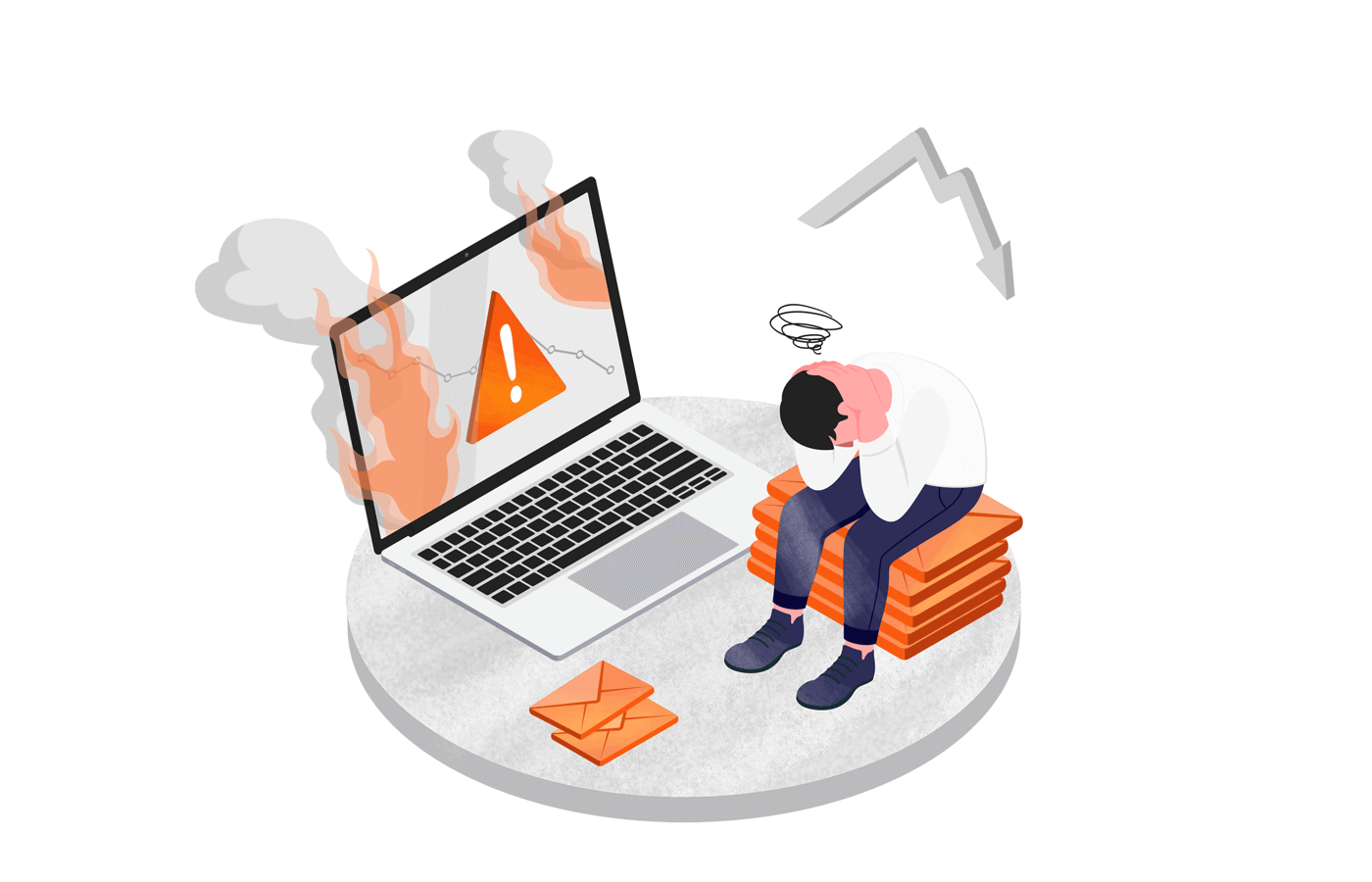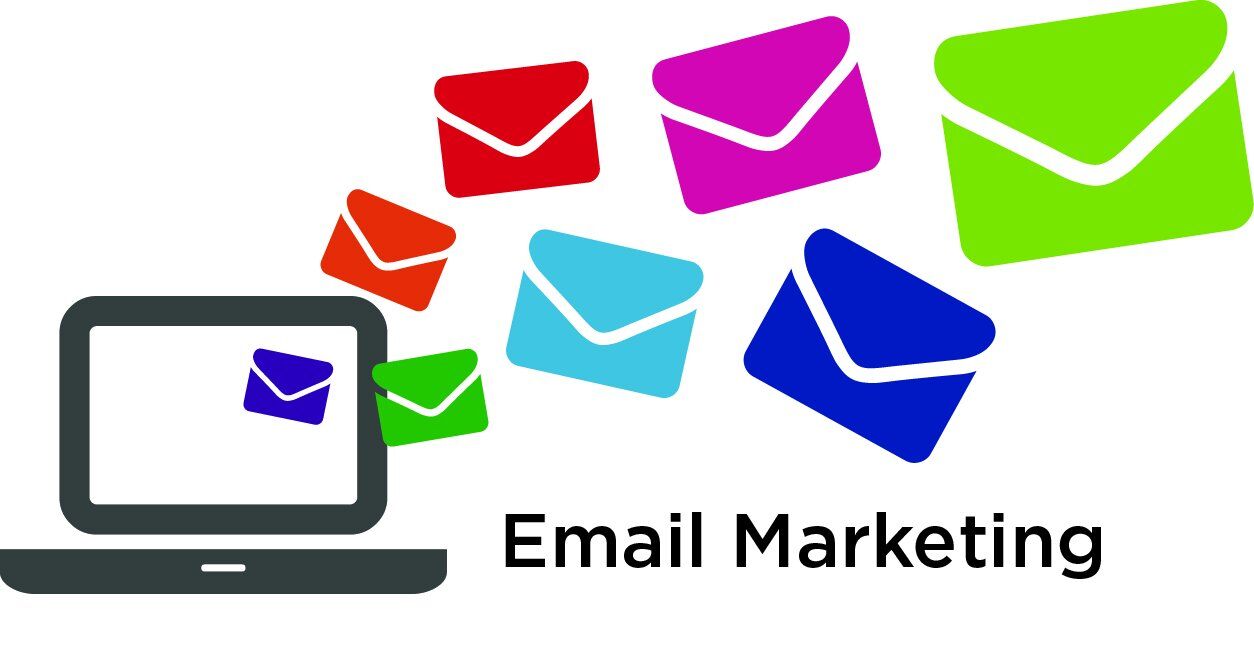
In today’s fast-paced healthcare sector, when patient expectations are higher than ever, providing great medical care isn’t enough to build long-term trust and loyalty.
Digital communication, especially email marketing, is now one of the best ways to get patients more involved, keep them, and make them happy.
Email marketing isn’t only a tool for healthcare administrators to promote their services; it’s also a way to build relationships with patients, teach communities, and enhance the bond between patients and providers. With the correct methods, email may go from being a simple reminder system to a powerful way to keep patients coming back.
What is Email Marketing for Healthcare?

ALSO READ: The 5 Best Ecommerce Email Marketing Tools in 2025
Healthcare email marketing is when you send targeted, permission-based emails to patients, caregivers, partners, and even other healthcare organizations. This method is different from generic marketing since it focuses on trust, accuracy, and following the rules for patient privacy.
Healthcare email marketing’s main goals are:
- Communication with patients: making it easier to provide appointment reminders, follow-ups, and lab results.
- Education: Sharing health ideas, guidance on how to stay healthy, and news about medical research.
- Retention: Keeping patients linked through regular touchpoints to cut down on drop-offs.
- Promotion: Putting the spotlight on new health initiatives, services, or facilities.
Email can be more than simply a way to send information; it can also help develop relationships and improve health outcomes.
Benefits of Email Marketing in Healthcare
Healthcare managers typically have to deal with constrained budgets and patients who expect more. Email marketing is a cheap but very effective way to reach people.
Some of the main benefits are:
- Cost-effectiveness: Email is much cheaper than other types of advertising, such as print, radio, or TV ads.
- Increasing patient loyalty and retention: Regular updates keep patients interested, which makes it less likely that they will transfer providers.
- Cutting down on no-shows: Sending timely email reminders for appointments cuts down on missed visits by a lot.
- Building trust through personalized, caring communication.
- Encouraging proactive health education: Email lets clinics send health alerts, preventive care suggestions, and awareness campaigns straight to patients.
Different kinds of healthcare email campaigns
Depending on their goals, healthcare administrators can plan several kinds of campaigns:
- Reminders and follow-ups for appointments can help people stick to their treatment plans and cut down on no-shows.
- Patient education and wellness tips can help people learn how to manage chronic conditions, stay healthy during the winter, or develop healthy behaviors.
- New healthcare services and programs are being promoted (departments, telemedicine, wellness packages).
- Newsletters containing health tips and updates from the clinic — give value to your patients while keeping them engaged.
- Business-to-business communication: Keep insurers, pharmaceutical partners, or research institutes up to date.
Building a Successful Healthcare Email Marketing Strategy
To make campaigns effective, these are the most important parts of a good healthcare email marketing plan:
Privacy and Compliance
- HIPAA compliance is non-negotiable.
- Use secure servers and encrypt important data.
- Respect patient preferences with opt-in/opt-out options.
How to Build and Organize Your Email List
- Encourage patients to sign up during visits or via secure web forms.
- Segment lists by demographics, health issues, or engagement level.
- Segmentation helps make campaigns more focused and useful.
Making content that is interesting and useful
- Personalize emails with patient names and health tips.
- Use kind, easy-to-understand language (avoid jargon).
- Mix educational content (e.g., diet tips) with practical advice (e.g., flu vaccines).
Design and Deliverability Best Practices
- Mobile-friendly design (most patients check emails on phones).
- Use clear fonts, alt text for images, and obvious CTAs.
- Improve subject lines and keep emails concise to avoid spam.
- Test different sending times for maximum engagement.
Checking and measuring how well a campaign works
- Open rates: Do patients think your subject lines are interesting?
- Click-through rates (CTR): Are your patients reading your content?
- Conversion rates: Are emails leading to scheduled visits or enrollments?
- Use tools like Mailmunch, Mailchimp, Constant Contact, or healthcare-focused CRMs for A/B testing and performance tracking.
New ideas and trends in healthcare email marketing
- Integration with telemedicine systems and patient portals: Patients can now book or consult online through email-linked platforms.
- Automation and AI: Ensures messages are relevant, personalized, and timely.
- Interactive content with multimedia: Videos, infographics, and quizzes make emails more engaging.
Healthcare administrators that use these new ideas will stand out by giving patients smooth, patient-centered experiences.
In conclusion
Email marketing is more than just advertising; it’s a way to build patient loyalty, trust, and engagement.
It helps cut down on no-shows, improves patient satisfaction, and creates informed patients.
By following best practices (compliance, segmentation, personalization, trend adoption), managers can create campaigns that truly improve healthcare outcomes.
Email marketing should be a key part of healthcare firms’ strategies for keeping and communicating with patients.



